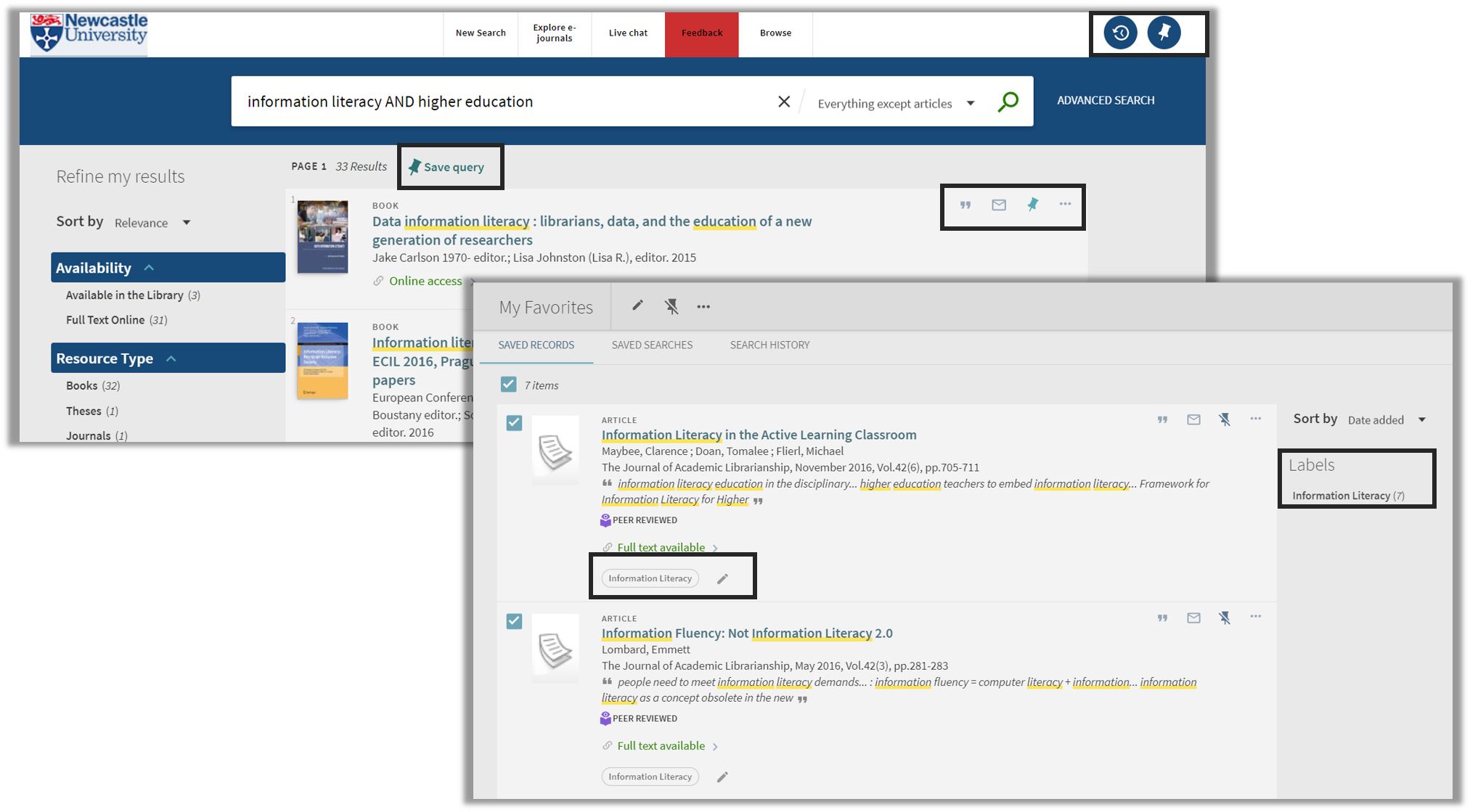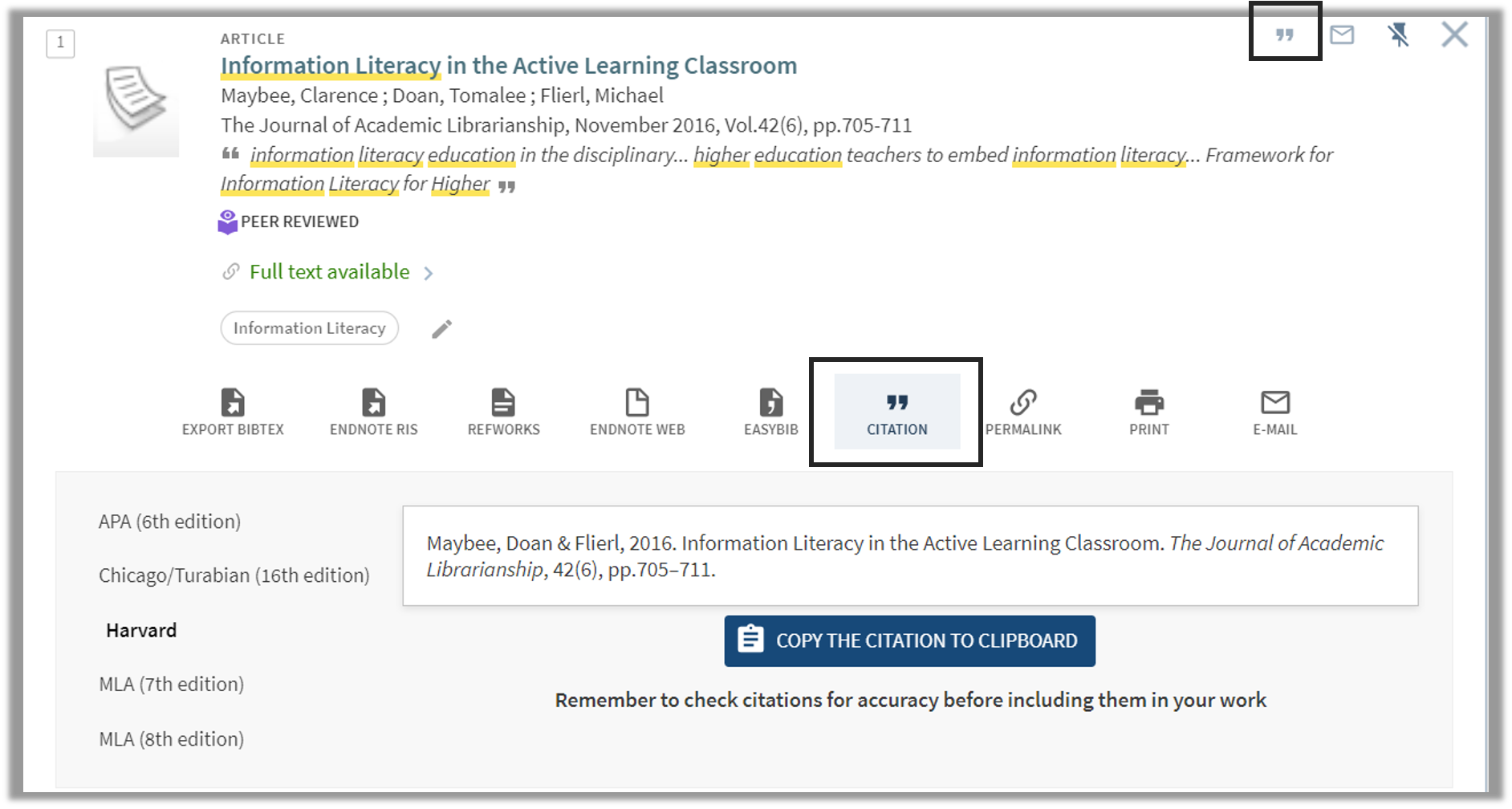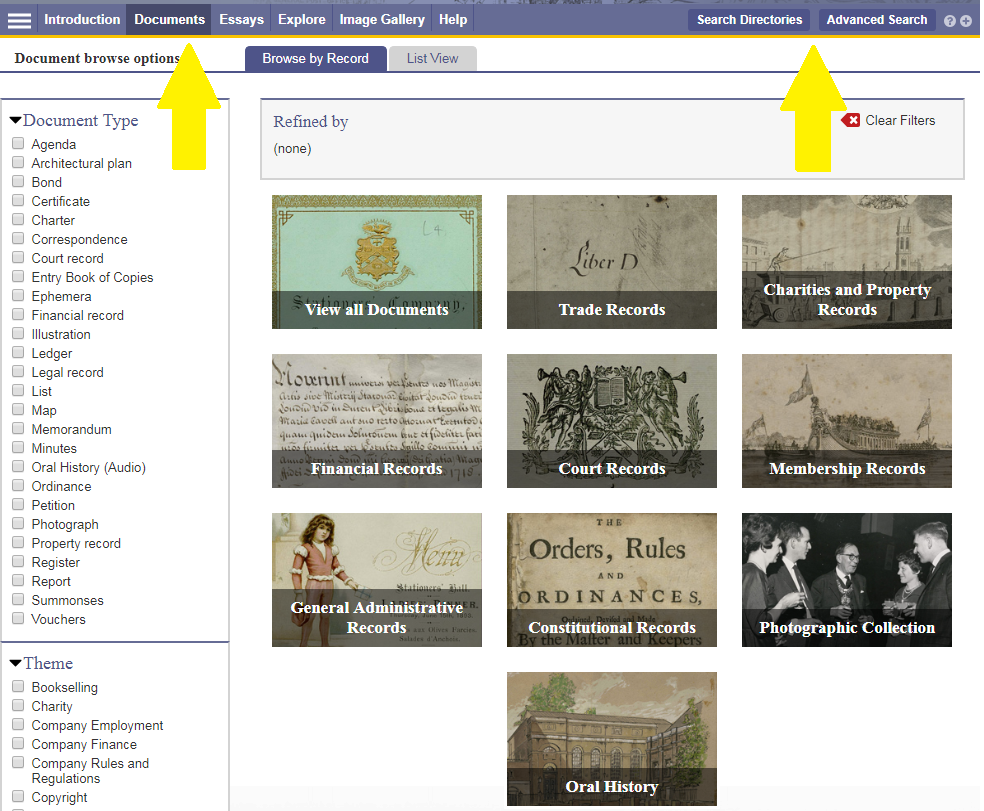Sitting down to write for twelve hours might seem like an impossible task, but Newcastle University’s Creative Writing society didn’t back down. On November 3rd and 24th, the Philip Robinson Library was host to our two annual ‘Write-ins’.
The Write-ins are organised to coincide with National Novel Writing Month (or ‘NaNoWriMo’) in which participants are challenged to write 50,000 words in a single month. The challenge is just as daunting as it might sound — to achieve that goal, you would have to write 1,667 words a day on average!
 On the nights themselves, we were at the library from 7.00 a.m. until 7.00 p.m. Copious amounts of drinks and snacks were needed to support ourselves through the nights and make sure we had the energy to keep going. Library staff had been kind enough to decorate Your Space with posters and banners. We even had our own whiteboard that we used to keep track of everyone’s word counts.
On the nights themselves, we were at the library from 7.00 a.m. until 7.00 p.m. Copious amounts of drinks and snacks were needed to support ourselves through the nights and make sure we had the energy to keep going. Library staff had been kind enough to decorate Your Space with posters and banners. We even had our own whiteboard that we used to keep track of everyone’s word counts.
By the end of the second night, one of our writers even managed to break the 50,000 word total! In total, we spent twenty four hours together, not just working on our own projects, but also sharing ideas and having a good time. The great company (and even greater snacks) made our task seem a little bit less difficult.
Throughout the night, we also took over the Library’s arts liaison team’s Twitter account (@ncllibarts) to share our exploits. You can find all the tweets from the night here (https://twitter.com/i/moments/1065265041694486529) with most of them getting progressively stranger as we grew more and more tired.
We’d just like to say a massive thank you to everyone involved in making this event happen, from members of committee to the library staff. The society can’t wait for our next annual Write-ins, even if we always need a lot of sleep the next day to catch up on the zzz’s!
Lucy Elliott, Newcastle University Creative Writing Society’s President





 A common mistake made in referencing is grouping all sources found online under the category and reference type of a website. Your aim should be to reference the information you have in front of you rather than where it was sourced. Simply grouping items found online as a website would be the equivalent of referencing a book by the publisher details rather than the author and title.
A common mistake made in referencing is grouping all sources found online under the category and reference type of a website. Your aim should be to reference the information you have in front of you rather than where it was sourced. Simply grouping items found online as a website would be the equivalent of referencing a book by the publisher details rather than the author and title. Harvard at Newcastle is the most frequently used referencing style and if your school does not have a preferred style, it is the the one that we would recommend. This is because there is the most comprehensive guidance available for Harvard and it is a style that can manage referencing all types of information. Whether you are referencing a book, news article, Instagram or market research, the Harvard at Newcastle style has got you covered.
Harvard at Newcastle is the most frequently used referencing style and if your school does not have a preferred style, it is the the one that we would recommend. This is because there is the most comprehensive guidance available for Harvard and it is a style that can manage referencing all types of information. Whether you are referencing a book, news article, Instagram or market research, the Harvard at Newcastle style has got you covered.

 You can browse or search the archive contents by clicking Documents (to browse) or one of the two search buttons. You can filter your search in various ways, e.g. by document type, year or theme.
You can browse or search the archive contents by clicking Documents (to browse) or one of the two search buttons. You can filter your search in various ways, e.g. by document type, year or theme.